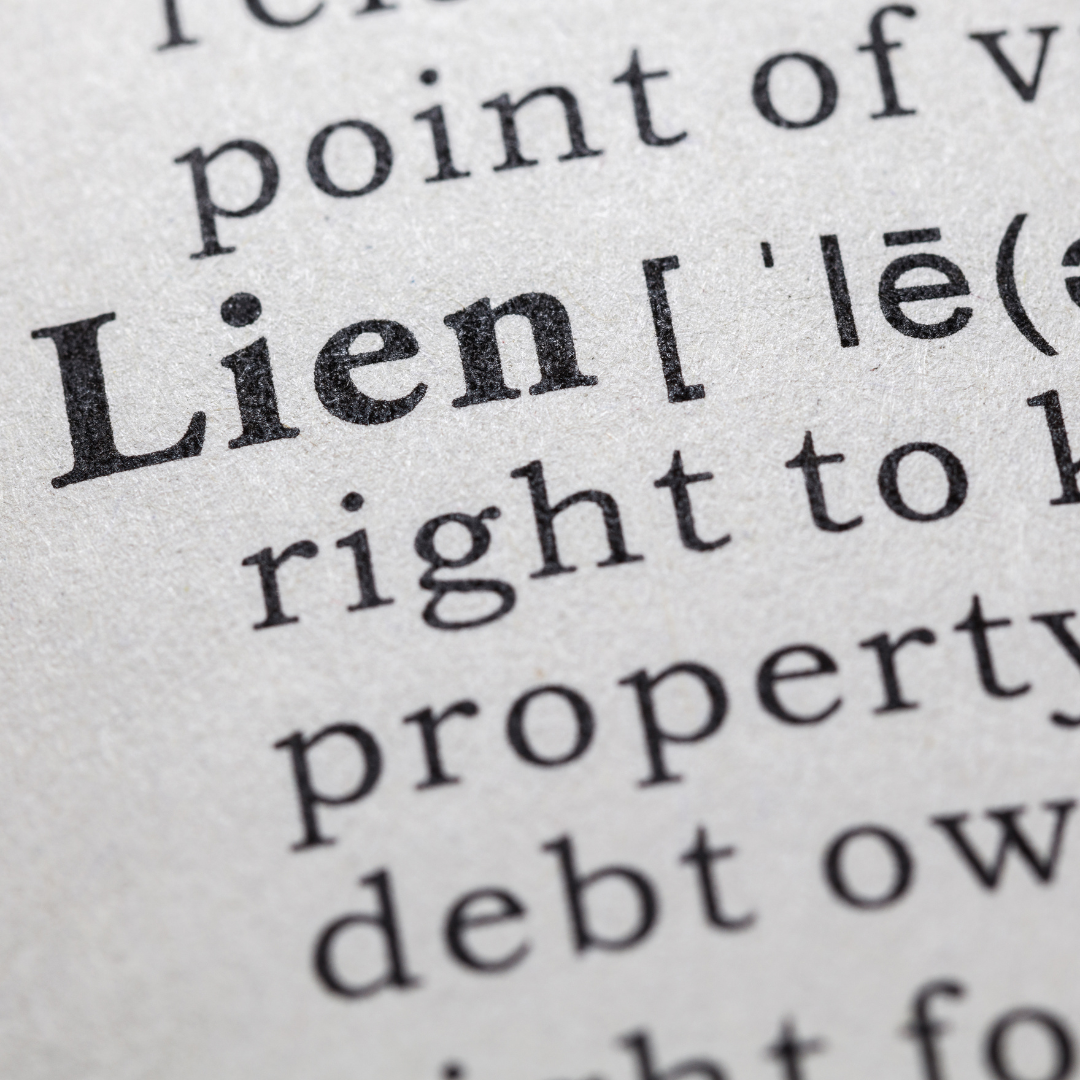A builder lien can be filed by anyone who has provided work or materials to a construction project but has not been paid for their services. This can include general contractors, subcontractors, suppliers of materials, architects, engineers, and consultants. To be eligible to file a builder lien, the claimant must have provided the work or materials directly to the property owner or to someone authorized by the owner to order the work or materials.
What are the requirements for filing a builder lien in BC?
To file a builder lien in BC, the claimant must follow certain procedures and timelines. The following are the key requirements:
- Written notice of lien: The claimant must first serve written notice of their intent to file a lien on the property owner and any other interested parties, such as the general contractor or other subcontractors.
- Lien filing: The claimant must then file the lien with the BC land title office within 45 days of the last day they provided services or materials to the project.
- Enforcement action: The claimant must then take legal action to enforce the lien within one year of filing it. This can include initiating legal proceedings or negotiating a settlement with the property owner.
What are the rights and responsibilities of the parties involved?
Once a builder lien has been filed, it creates a legal claim against the property where the work was done. This means that the property owner cannot sell or transfer the property until the lien is removed. The property owner also has the right to dispute the lien if they believe the claim is invalid or inaccurate. If the parties are unable to resolve the dispute, a court can be asked to determine the validity of the lien.
The claimant who files the builder lien also has certain responsibilities. They must provide accurate information about the amount owed and the work or materials provided, and they must take legal action to enforce the lien within the prescribed timeline. If the claimant fails to meet these requirements, the lien may be invalidated.
What are the implications of a builder lien on a construction project?
A builder lien can have significant implications for a construction project. If a lien is filed, it can delay the project and cause additional costs and legal fees. The property owner may be unable to obtain financing or sell the property until the lien is resolved. In some cases, a builder lien can even lead to foreclosure or bankruptcy proceedings.
To avoid builder liens, property owners should ensure that they have clear contracts with all contractors and subcontractors involved in the project. They should also make sure that payments are made promptly and in accordance with the terms of the contract. Contractors and subcontractors should also be careful to document their work and materials, and to communicate regularly with the property owner to avoid misunderstandings or disputes.
In conclusion, builder liens can be a useful tool for contractors, subcontractors, and suppliers who have not been paid for their work or materials on a construction project. However, filing a builder lien can have significant implications for the project and all parties involved. It is important for property owners and contractors to understand their rights and responsibilities when it comes to builder liens, and to take proactive steps to prevent disputes and delays.
To learn more, visit our website or call our office at 604-265-8400 .
Written by Harman Kang







Leave A Comment